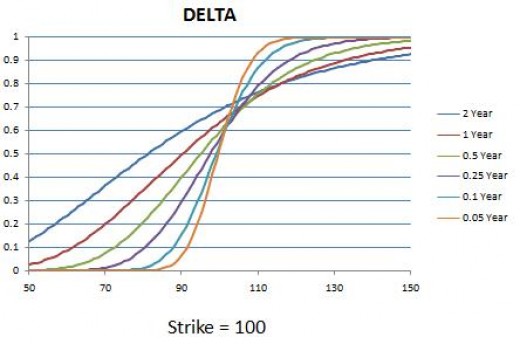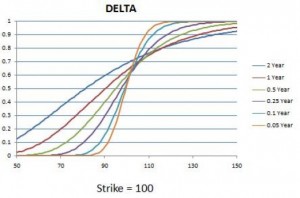In the past posts, we have learnt the basics about the Greek delta, and in this post, we touch upon this topic for the last time. This time, we talk about the additive property of the delta.
The additive property of the delta implies that if two options, or more are bought by a person, then the delta of these options must be seen together to gain a fair view of the responsiveness of the portfolio to the market movement. Suppose a market participant holds two call options, one 8200 CE and another 8000 CE, and their respective deltas are 0.2 and 0.8 respectively. Thus, when the market gain in value, say 100 points, the holder of these options will also gain Rs. 100. This happens as he gains Rs. 20 on the 8200 CE and Rs. 80 on the 8000 CE. This in totality adds up to hundred, which is the actual movement in the underlying itself.
Since the delta is a measure of the responsiveness of the premium’s movement to the movement in the underlying, the delta of the portfolio here is 1, which is obtained from adding the deltas of the two options. This is true regardless of perspective we see from. This is also true for put options, as well as for portfolios that contain both calls and puts, in which case the portfolio delta is calculated by adding call deltas and subtracting put deltas.
Click here for government certification in Accounting, Banking & Finance





13 Comments. Leave new
Clear and crisp!
well written! 🙂
Informative.
Nice.
Good work!
Well explained.
Short and knowledgeable.
Very well written.
clear concept
Well written
Concise! 🙂
Good job, Aman!
Great!!